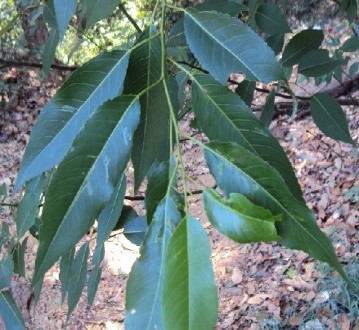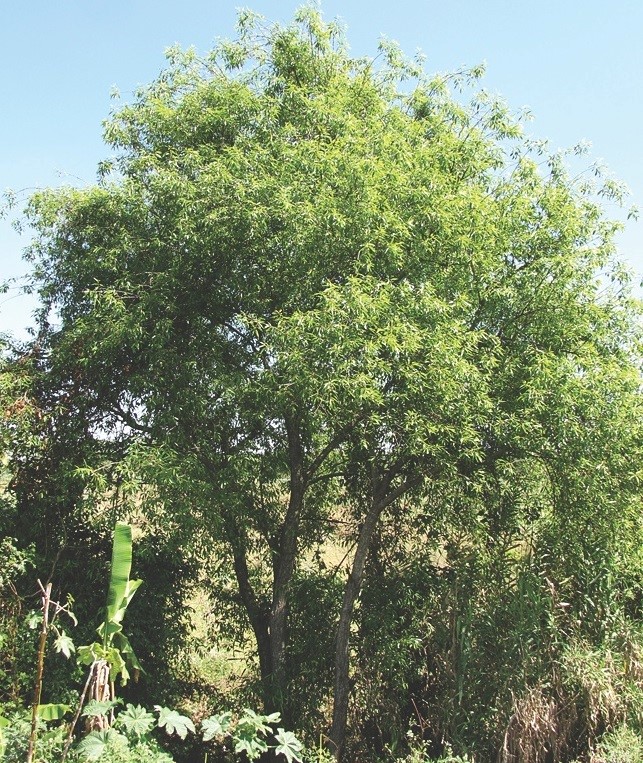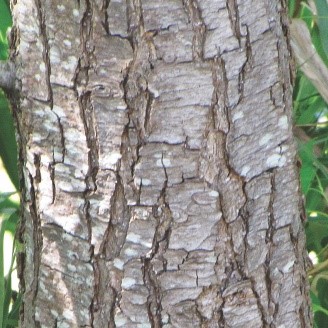Trees
Salix tetrasperma Roxb.
Salix tetrasperma Roxb.
Description :
A small to medium sized, deciduous tree, 6 to 12 m tall with diameters
of 0.4 to 1.0 m. The trunk is erect, with a large crown. The leaves are simple,
5 to 20 cm long. It is dioecious. The male and female catkins are borne on
leafy shoots. The male catkins are 2.5 to 12.5 cm long, while the female
catkins are 2.5 to 12.5 cm long. Flowering and seed production occurs between
February and May. It does coppice. Rust and powdery mildew may cause damage to
the foliage. It is reproduced both from seed and by vegetative means. Seed are
small and wind disseminated. However most trees result from root suckers or
cuttings. It is relatively fast growing. Diameter growth of 0.7 to 2 cm/yr has
been reported. Grains are straight, fine, and even textured. Wood is moderately
light and soft having Specific gravity of 0.49.
Distribution :
The
tree is native to the sub-continent including Pakistan. It occurs in swampy
areas, on river islands, and on the banks of water courses. In Pakistan it is
found in the Murree hills, Kahuta, Hazara, Swat, Azad Kashmir, Quetta, Kurram
and Gilgit. It has been successfully planted in the plains of Afghanistan and
in the Peshawar valley. An intolerant tree that grows on a variety of rich,
sandy loam soils that are well drained. It is adapted to a precipitation zone
of 750 to 1250 mm/yr or more, within an elevation range of 300 to 1600 m and
within a temperature range of -10 to 40°C. It prefers a sub-humid, semi-arid,
sub-tropical, monsoon to temperate climate and is frost hardy.
Uses :
Because
of its fast growth it should be considered an ideal tree for use in a farm
forestry program especially on wet sites. Useful in soil conservation programs.
Also used as fuel, match sticks, paper pulp, basket making, fodder, tannin, crates,
cricket bats, and planking.



